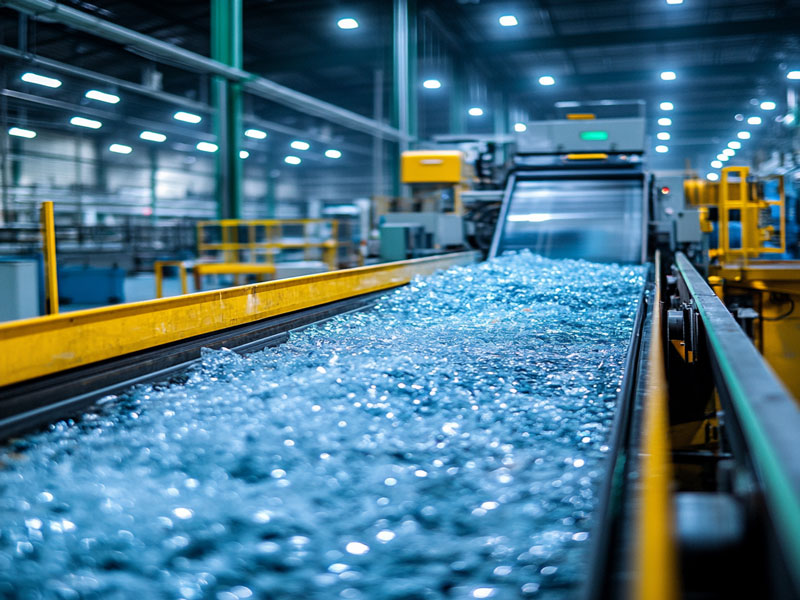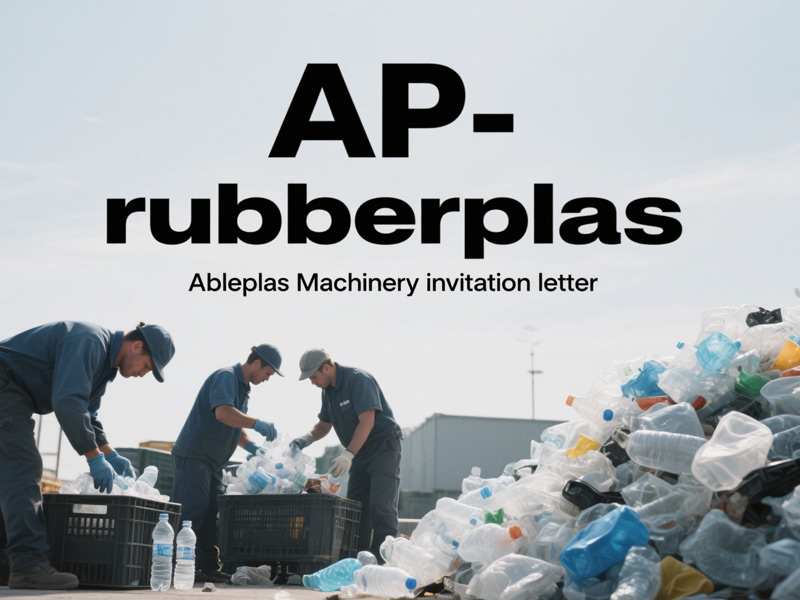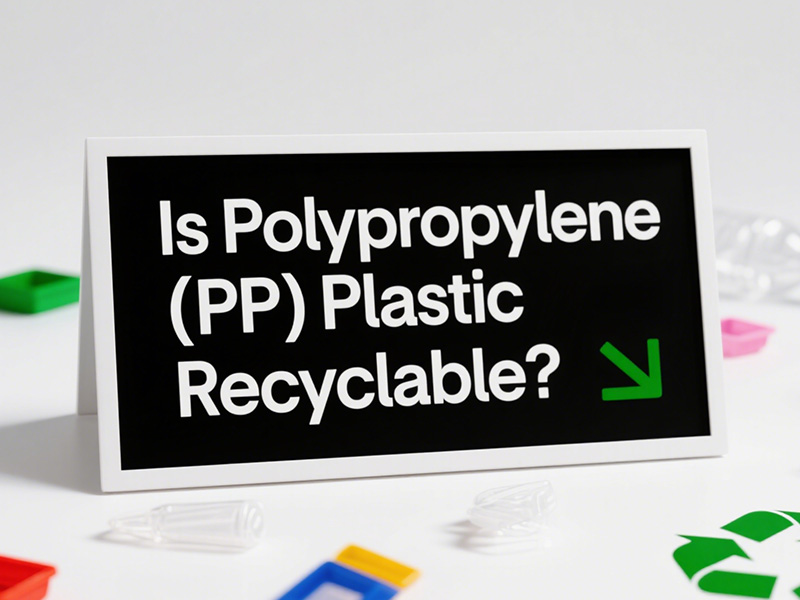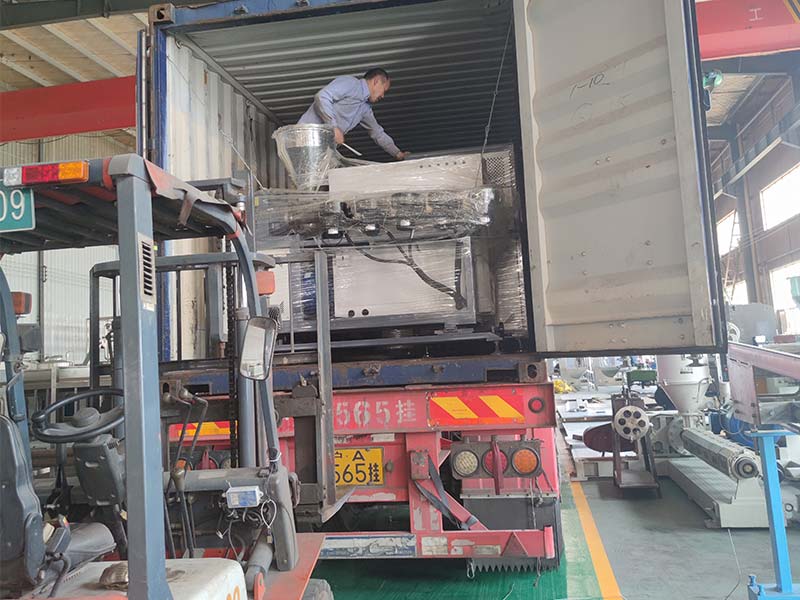As manufacturers of plastic washing and pelletizing production lines, understanding the PET flakes industry helps us design equipment that meets precise market requirements while helping our customers achieve optimal product quality.

The Composition of PET Flakes
PET flakes consist primarily of recycled polyethylene terephthalate, a thermoplastic polymer with the chemical formula (C₁₀H₈O₄)n. This composition provides several beneficial properties including high tensile strength, chemical resistance, and excellent barrier properties against gases and moisture. PET plastic flakes also offer good thermal stability and transparency in their pure form, making them versatile for various applications.
Physical characteristics of PET flakes typically include:
| Characteristic | Description |
| Size | 0.4mm to 12mm, depending on application |
| Shape | Flat or curved irregular fragments |
| Color | Clear, blue, green, or mixed colors |
| Density | 1.38-1.40 g/cm³ |
| Melting Point | 250-260°C |
Production Process of PET Flakes
The journey from discarded PET containers to high-quality peter flak involves several critical steps that our equipment is specifically designed to optimize:
Collection and Sorting
The process begins with collecting post-consumer PET waste from various sources. This material undergoes comprehensive sorting procedures using both manual and automated systems. Modern facilities employ advanced technologies to separate PET plastic flakes by resin type and color, while efficiently removing non-PET components and detecting materials with incompatible additives.
Cleaning and Washing
Once properly sorted, the materials undergo an intensive cleaning process using specialized washing equipment. This process typically begins with pre-washing to remove surface contaminants, followed by hot caustic washing with detergents to dissolve and eliminate stubborn residues. Materials then move through friction washing stations where mechanical action helps dislodge persistent contaminants. The final stages involve thorough rinsing to remove cleaning agents and any loosened impurities, followed by drying to prepare the material for the next processing step. Our washing systems are specifically designed to optimize each of these stages while minimizing water and energy consumption.
Grinding and Flaking
The clean, dry PET material then enters the crucial grinding phase. In this stage, mechanical shredders transform bottles and containers into appropriately sized PET flakes. The material passes through sophisticated screening systems that separate flakes by size while air classification technology removes lightweight contaminants. Metal detection systems ensure any remaining metal particles are eliminated.
Quality Standards for PET Flakes
PET plastic flakes are classified based on several key factors:
| Classification Factor | Categories |
| Color | Clear, Light Blue, Green, Mixed Colors |
| Source | Post-consumer, Post-industrial |
| Cleanliness | Grade A, B, C (varying contamination levels) |
| Application Suitability | Food-grade, Fiber-grade, Film-grade |
Quality control involves various testing protocols including intrinsic viscosity measurement, moisture content analysis, contamination assessment, and color evaluation. Our equipment is designed to help processors achieve these quality standards consistently when producing peter flak materials.
Practical Applications of PET Flakes
Food and Beverage Packaging
PET flakes are extensively used in the production of new food and beverage containers. High-quality recycled materials can be processed into:
● Water and beverage bottles
● Food containers and trays
● Clamshell packaging for produce and baked goods
● Thermoformed containers for ready meals
Bottle-to-bottle recycling systems can now process PET plastic flakes to create new containers with properties nearly identical to those made from virgin materials. Food-grade PET flakes require especially rigorous cleaning and decontamination processes, which our specialized washing equipment is designed to facilitate.
Textile Products
PET flakes are transformed into polyester fibers through a melting and extrusion process. These recycled polyester fibers have revolutionized the textile industry, finding their way into numerous everyday products. Clothing manufacturers utilize them for creating T-shirts, jackets, and performance sportswear. Home textile producers incorporate them into carpets, upholstery, curtains, and decorative pillows. The outdoor gear industry relies on them for durable backpacks, tents, and sleeping bags. Even automotive manufacturers have embraced these materials for creating seat covers, trunk liners, and interior carpeting. The versatility of these fibers is remarkable - a single recycled PET bottle can provide enough material to produce a standard T-shirt, making textiles one of the largest markets for recycled peter flak materials.
Industrial and Construction Materials
Many industries utilize PET plastic flakes to create durable, cost-effective products:
● Strapping materials for shipping and packaging (0.5-0.75mm thickness, 12-19mm width)
● Automotive parts including wheel well liners and sound insulation
● Construction materials such as insulation boards and roofing membranes
● Durable furniture components and outdoor furniture
These applications often use colored or mixed-color flakes, providing a valuable outlet for PET flakes that can't meet food-grade requirements.

Environmental Benefits with Measurable Impact
Resource Conservation
Using PET flakes delivers quantifiable environmental advantages:
● Reduces petroleum consumption by 40-60% compared to virgin PET production
● Decreases energy usage by up to 85% (approximately 40-85 MJ/kg savings)
● Conserves approximately 8,500 gallons of water per ton of recycled material
● Each ton of recycled PET prevents 1.5 tons of CO₂ emissions
Waste Reduction
Converting used PET bottles into peter flak directly prevents plastic pollution. A typical recycling facility processing 10,000 tons of PET annually diverts the equivalent of 500 million plastic bottles from landfills and oceans. This process extends the useful life of plastic materials while supporting waste management goals for municipalities and businesses.
Technical Specifications Buyers Consider
When selecting washing and pelletizing equipment for processing PET plastic flakes, processors look for systems that can achieve these key parameters in their final product: 1. Intrinsic viscosity (IV): The optimal range is 0.70-0.84 dL/g for most applications
● Bottle-grade applications: 0.78-0.84 dL/g
● Fiber applications: 0.64-0.72 dL/g
● Film applications: 0.72-0.76 dL/g
2. Moisture content:
● Premium grade: <0.7%
● Standard grade: <1.0%
● Processing issues occur when moisture exceeds 1.2%
3. Contaminant levels:
● PVC contamination: <50ppm for food applications, <100ppm for fiber
● Metal content: <5ppm for all applications
● Other plastics: <500ppm for high-quality applications
● Paper/labels: <50ppm for transparent applications
4. Particle size distribution:
● Standard PET flakes size: 8-12mm
● Fine flake: 4-8mm
● Ultra-fine: <4mm (specialty applications)
Key Equipment for PET Flake Production
As a manufacturer of plastic recycling equipment, we understand the critical components needed for effective plastic flak processing:
Washing Systems
Effective PET washing equipment typically includes:
● Hot wash tanks operating at 75-85°C
● Friction washers for label and adhesive removal
● Flotation separation tanks
● Multiple rinse stages
● Centrifugal or mechanical dryers
Grinding and Size Reduction
Quality size reduction equipment features:
● Heavy-duty shredders for initial size reduction
● Precision granulators for final PET flakes sizing
● Adjustable cutting chambers for different product specifications
● Wear-resistant components for long-term durability
Separation and Purification
Advanced processing lines incorporate:
● Air classification systems for removing lightweight contaminants
● Metal detection and separation units
● Optical sorting technologies for color separation
● Screening systems for size classification

Common Challenges and Solutions
Contamination Issues
| Challenge | Description | Solution |
| PVC Contamination | Even 50ppm can cause yellowing and degradation | Enhanced sorting systems with advanced detection capabilities |
| Adhesive Residues | Label adhesives contaminate washing water | Optimized washing equipment with specialized detergent systems |
| Color Contamination | Blue/green PET affecting clear flake quality | Advanced color sorting systems |
Processing Considerations
| Challenge | Description | Solution |
| IV Loss During Processing | Molecular weight reduction during thermal processing | Appropriate equipment settings to minimize thermal degradation |
| Moisture-Related Problems | Excess moisture causing processing issues | Efficient drying systems designed specifically for PET materials |
| Flake Brittleness | Mechanical property issues during pelletizing | Controlled processing parameters in pelletizing equipment |
Conclusion
PET flakes represent a practical, cost-effective solution for plastic recycling. Their versatility, combined with ongoing equipment improvements, continues to expand their applications across multiple industries. By selecting appropriate washing, grinding, and pelletizing equipment, processors can create high-quality PET plastic flakes that meet both performance requirements and environmental goals.
Our company specializes in manufacturing the complete range of equipment needed for efficient peter flak production, from washing lines to pelletizing systems. Contact us to learn more about how our equipment can help you produce high-quality PET flakes for various applications.
FAQ
What exactly are PET flakes?
PET flakes are small pieces of recycled polyethylene terephthalate plastic, typically produced by cleaning and shredding post-consumer PET products like water bottles.
How are PET plastic flakes produced?
Through collection, sorting, washing, grinding, and quality control testing of PET waste using specialized equipment.
What products can be made from Peter Flak?
New beverage bottles, polyester fibers, food packaging, strapping materials, automotive parts, and construction materials.
Can PET flakes be used for food packaging?
Yes, high-quality PET flakes can be processed to meet food-grade standards through specialized cleaning and decontamination processes using appropriate washing equipment.
What equipment is needed to produce high-quality PET plastic flakes?
A complete PET recycling line typically includes sorting equipment, washing systems, grinding machinery, separation technologies, and quality control instruments.







